Home>Garden Essentials>How Do You Harvest Marigold Seeds


Garden Essentials
How Do You Harvest Marigold Seeds
Modified: May 6, 2024
Learn how to harvest marigold seeds in your garden with these easy tips!
(Many of the links in this article redirect to a specific reviewed product. Your purchase of these products through affiliate links helps to generate commission for Storables.com, at no extra cost. Learn more)
Introduction
Welcome to the world of gardening, where the joy of nurturing plants and witnessing their growth is unmatched. One plant that brings instant cheer to any garden is the marigold. With its bright and vibrant colors, marigolds are popular choices for both decorative and medicinal purposes.
But did you know that marigolds also produce seeds that can be harvested and saved for future planting? Harvesting marigold seeds allows you to propagate your own plants, ensuring a continuous supply of these beautiful flowers year after year. In this article, we will explore the process of harvesting marigold seeds, including the best time to harvest, the tools and materials you will need, and step-by-step instructions for successful seed collection and storage.
So why should you consider harvesting marigold seeds instead of buying new plants or relying on seedlings? Well, there are several advantages. Firstly, it saves you money. By collecting and storing your own seeds, you can avoid the cost of purchasing new plants each year. Secondly, it gives you control over the quality and characteristics of your marigolds. By selecting the best flowers to collect seeds from, you can ensure that your future plants exhibit the desired traits, such as color, size, and pest resistance. Lastly, it allows you to share the joy of gardening with others. Once you have harvested an abundance of seeds, you can gift them to friends and family, spreading the beauty of marigolds far and wide.
Before we dive into the process of harvesting marigold seeds, let’s first understand when is the best time to do it. Marigold seeds are typically ready for harvesting once the flowers have bloomed and started to fade. As the flowers age and dry out, they develop seed heads that contain the mature seeds. By waiting for this stage, you can ensure that the seeds are fully developed and ready for collection.
Now that you are familiar with the benefits of harvesting marigold seeds and when to do it, let’s move on and explore the tools and materials you will need for this process.
Key Takeaways:
- Harvesting marigold seeds saves money, gives control over plant quality, and fosters self-sufficiency. It’s a rewarding way to share the joy of gardening and grow vibrant flowers year after year.
- To successfully harvest marigold seeds, select mature flowers, dry them naturally, and store them in a cool, dark place. Labeling and sharing seeds with others adds to the gardening experience.
Read more: When Should You Plant Marigold Seeds
Why Harvest Marigold Seeds?
Harvesting marigold seeds offers several advantages that make it a worthwhile endeavor for gardeners. Whether you are a seasoned gardener or just starting out, here are a few reasons why you should consider harvesting marigold seeds:
- Cost-saving: One of the main reasons to harvest marigold seeds is to save money. By collecting and storing your own seeds, you can eliminate the need to purchase new marigold plants or seedlings every year. This is especially beneficial if you have a large garden or want to grow marigolds in multiple areas.
- Quality control: Harvesting marigold seeds allows you to have complete control over the quality and characteristics of your plants. By selecting the flowers with the best traits, such as color, size, and pest resistance, you can ensure that your future marigold plants exhibit the desired features. This is particularly useful if you are looking to breed new varieties or maintain specific traits in your garden.
- Propagation: Marigold seeds provide an easy and efficient way to propagate your plants. By collecting and saving the seeds, you can produce numerous new marigold plants without relying on cuttings or division. This is especially beneficial if you have limited space or want to expand your marigold collection.
- Sharing and gifting: Once you have successfully harvested marigold seeds, you can share the joy of gardening with others. By gifting your collected seeds to friends, family, or fellow gardeners, you can spread the beauty of marigolds and introduce others to the world of gardening. It’s a wonderful way to connect with others and foster a sense of community.
- Self-sufficiency: Harvesting marigold seeds promotes self-sufficiency in your gardening endeavors. Instead of relying on external sources for your plants, you can become self-reliant by collecting and storing your own seeds. This not only empowers you as a gardener but also adds a sense of accomplishment to your gardening journey.
With these benefits in mind, it’s clear that harvesting marigold seeds is a valuable practice for any gardener. Not only does it save you money and give you control over your plants, but it also allows you to share the beauty of marigolds and foster self-sufficiency. So, roll up your sleeves and get ready to embark on the journey of harvesting marigold seeds!
When to Harvest Marigold Seeds
Timing is crucial when it comes to harvesting marigold seeds. To ensure that the seeds are mature and ready for collection, it’s important to know when to harvest. Here are some key indicators to look for:
- Blooming and fading: Marigold seeds are typically ready for harvesting once the flowers have bloomed and started to fade. As the blossoms age, they produce seed heads that contain the mature seeds. This is usually the optimal time to collect the seeds, as they have reached their full development.
- Drying out: Another sign that it’s time to harvest marigold seeds is when the flower heads begin to dry out. The petals will start to wither and turn brown, indicating that the seeds inside have ripened. Avoid harvesting the seeds too early when the flower heads are still fresh and moist, as this may result in immature or non-viable seeds.
- Visible seed pods: When the marigold flowers have completely faded and dried, the seed heads will become more prominent. At this stage, you can gently squeeze the seed heads to determine if the pods are firm and have plump seeds inside. If the pods feel soft or empty, it’s an indication that the seeds are not yet mature.
- Color change: As marigold seeds mature, they go through a color transformation. The seeds will gradually turn darker or black, depending on the marigold variety. Keep a close eye on the developing seed heads, and once you notice this color change, it’s a good indication that the seeds are ready for harvesting.
It’s important to note that the timing for harvesting marigold seeds may vary slightly based on the specific marigold variety and climate conditions. If you’re unsure whether the seeds are ready, you can always wait a little longer to ensure their maturity.
By harvesting marigold seeds at the right time, you can ensure the highest chance of success when it comes to germination and growing new plants. So pay close attention to the signs of blooming, fading, drying out, visible seed pods, and color change to determine the optimal time for seed harvest.
Now that you know when to harvest marigold seeds, let’s move on and explore the tools and materials you will need for a successful seed collection process.
Tools and Materials Needed
Before diving into the process of harvesting marigold seeds, it’s important to gather the necessary tools and materials to ensure a smooth and efficient experience. Here are the essential items you’ll need:
- Garden scissors or pruners: A pair of sharp garden scissors or pruners will be your best friend during the seed harvesting process. Use them to carefully cut the marigold flower heads from the plant without damaging the seeds.
- Basket or container: A small basket or container is handy for collecting the harvested marigold flower heads. Opt for something lightweight and easy to carry around the garden, allowing you to move seamlessly from one plant to another.
- Labels and markers: As you collect marigold seeds from different plants or varieties, it’s essential to label and mark them for identification. Use waterproof labels and a permanent marker to indicate the date, variety, and any other relevant information about the seeds.
- Paper bags or envelopes: To properly dry and store the harvested marigold seeds, you’ll need paper bags or envelopes. These allow air circulation, preventing moisture buildup and mold formation. Avoid using plastic bags, as they can trap moisture and lead to seed spoilage.
- Paper towels or screens: During the drying process, you’ll need a surface to lay out the harvested marigold flower heads. You can use paper towels or screens to provide a flat and airy space for the seeds to dry. Screens are especially useful if you’re collecting seeds from multiple plants and need more drying area.
- Storage containers: Once the marigold seeds are fully dried, you’ll need proper storage containers to keep them safe until planting time. Choose airtight containers such as glass jars or seed storage envelopes to protect the seeds from moisture, pests, and light.
- Cool and dark storage area: Lastly, find a cool and dark area in your home or garden shed to store the dried marigold seeds. A temperature-controlled environment away from direct sunlight will help maintain seed viability and prevent premature germination.
By having these tools and materials readily available, you’ll be fully prepared for the marigold seed harvesting process. Remember to clean and sanitize your tools before and after use to prevent the spread of diseases.
Now that you’re equipped with everything you need, let’s move on to the step-by-step guide for harvesting marigold seeds.
After the marigold flowers have dried on the plant, carefully remove the seed heads and place them in a paper bag. Allow the seed heads to continue drying in the bag for a few weeks, then shake the bag to release the seeds. Store the seeds in a cool, dry place until you are ready to plant them.
Step-by-Step Guide to Harvesting Marigold Seeds
Harvesting marigold seeds requires a few simple steps to ensure successful collection. Follow this step-by-step guide to get started:
- Select mature flowers: Look for marigold flowers that have bloomed and started to fade. Choose flowers that have formed seed heads and are dry to the touch.
- Prepare your tools: Gather your garden scissors or pruners and ensure they are clean and sharp. This will make it easier to cut the flower heads without damaging the seeds.
- Cut the flower heads: Carefully cut the marigold flower heads from the stem, leaving a short stem attached to the head. Place the cut flower heads in a basket or container.
- Remove excess debris: Once you have collected a sufficient number of flower heads, remove any extra plant debris such as leaves or stems. This will make the next steps more manageable.
- Dry the flower heads: Choose a flat surface lined with paper towels or screens and place the marigold flower heads on it. Ensure that the heads are spread out and not touching each other. Leave them in a well-ventilated area to dry completely. This usually takes around two to three weeks.
- Check for seed maturity: After the flower heads have dried, gently squeeze them to check the seed maturity. If the pods feel firm and contain plump seeds, they are ready for harvest. If the pods are still soft or empty, give them more time to dry.
- Remove seeds from the flower heads: Once the seeds are fully mature, you can separate them from the flower heads. Hold each dried flower head over a clean surface or container and gently rub or shake it to release the seeds. Discard any debris or non-viable seeds.
- Label and store the seeds: Take the harvested marigold seeds and place them in paper bags or envelopes. Label each container with the variety, date, and any other relevant information. Store the seeds in a cool, dark, and dry location until you’re ready to plant them.
By following these steps, you can successfully harvest marigold seeds and enjoy the satisfaction of propagating your own plants. Remember to ensure the seeds are fully dry before storing them, as any remaining moisture can lead to mold or seed rot.
Now that you have collected and stored your marigold seeds, let’s move on to cleaning and storing them properly for long-term viability.
Read more: How To Plant Marigold Seed
Cleaning and Storing Marigold Seeds
Cleaning and proper storage of marigold seeds are crucial to maintain their viability and ensure successful germination in the future. Follow these steps to clean and store your harvested marigold seeds:
- Remove debris: Before storing the seeds, it’s important to remove any remaining debris or plant matter. Check the seeds for any dried flower petals, stems, or other unwanted materials. You can gently blow on the seeds or use a fine-mesh sieve to separate the seeds from debris.
- Dry the seeds further (optional): If the seeds still feel slightly moist or if you live in a humid climate, you may opt to further dry them before storage. Spread the cleaned seeds in a single layer on a paper towel or screen, and leave them in a dry and well-ventilated area for an additional week or two. This will ensure that the seeds are completely dry and less prone to mold or fungus growth.
- Label and organize: Once the seeds are cleaned and dried, label each storage container or envelope with the variety, date, and any other important details. This will help you stay organized and easily identify the seeds when it’s time to plant them.
- Choose storage containers: Select airtight containers for storing the marigold seeds. Glass jars with tight-fitting lids or seed storage envelopes are excellent choices. These containers will help protect the seeds from moisture, pests, and light exposure.
- Store in a cool, dark place: Find a cool and dark location in your home or garden shed to store the seeds. Avoid places that are prone to temperature fluctuations or direct sunlight. A cool and dry environment will help maintain seed viability over a longer period.
- Regularly check for moisture: Periodically check the stored seeds for any signs of moisture or condensation. If you notice any, remove the seeds from the container and allow them to air dry before returning them to storage. This will prevent the growth of mold or mildew.
- Monitor seed viability: Over time, the germination rate of the stored marigold seeds may decrease. To maintain optimal seed viability, it’s recommended to test a small sample of your stored seeds each year. This will help you gauge their germination rate and determine if it’s necessary to collect fresh seeds for future planting.
By following these steps, you can ensure that your harvested marigold seeds are clean, properly labeled, and stored under suitable conditions. This will greatly increase their chances of successful germination when it’s time to plant them in your garden.
With your marigold seeds cleaned, organized, and safely stored, you’re now well-prepared to enjoy the benefits of seed saving and continue growing beautiful marigold plants in the years to come.
Before we conclude, let’s explore some additional tips and tricks to make your marigold seed harvesting journey even more successful.
Tips and Tricks for Successful Seed Harvesting
Harvesting marigold seeds can be a rewarding experience. To make the process even more successful, consider incorporating these tips and tricks into your seed harvesting journey:
- Select healthy plants: When choosing flowers for seed harvest, opt for plants that are healthy and disease-free. Healthy plants produce stronger and more viable seeds.
- Allow natural drying: Avoid the temptation to speed up the drying process by using artificial heat sources. Let the marigold flower heads dry naturally in a well-ventilated area. This ensures that the seeds develop fully and retain their viability.
- Harvest seeds on a dry day: Moisture can affect the quality of the seeds and make them more prone to molding. Choose a dry day to harvest the marigold seeds to minimize the risk of moisture retention.
- Practice crop rotation: If you plan to harvest marigold seeds from specific plants in your garden, practice crop rotation to prevent disease buildup. This helps ensure the future health of your marigold plants.
- Consider isolation: If you are growing different marigold varieties and want to preserve their characteristics, consider isolating them to prevent cross-pollination. This will ensure that the seeds remain true to their original variety.
- Label properly: Accurate labeling is vital when storing marigold seeds. Make sure to include the variety, date of collection, and any other relevant information on the seed containers or envelopes. This will help you keep track of your seeds and their unique attributes.
- Share seeds with others: Seed sharing is a wonderful way to foster a sense of community among fellow gardeners. Consider exchanging marigold seeds with other gardeners to add diversity to your garden and theirs.
- Experiment and learn: Don’t be afraid to experiment and learn along the way. Every season presents an opportunity for new discoveries and improvements in your seed harvesting techniques. Embrace the journey and enjoy the process!
By implementing these tips and tricks, you can enhance your marigold seed harvesting skills and increase the likelihood of success. Remember to have fun and savor the experience of nurturing and growing your own marigold plants from seed.
As we conclude, we hope that this comprehensive guide has provided you with valuable insights into the world of harvesting marigold seeds. With patience, care, and a little bit of knowledge, you can enjoy the beauty of marigolds in your garden year after year.
Happy seed harvesting and happy gardening!
Conclusion
Harvesting marigold seeds is a rewarding endeavor that allows you to propagate your own plants, save money, and maintain control over the quality and characteristics of your marigolds. From selecting mature flowers to properly cleaning and storing the seeds, each step in the process contributes to the success of your seed harvest.
By following the step-by-step guide provided in this article, you can confidently collect marigold seeds and enjoy the pleasure of growing these vibrant flowers in your garden season after season. Remember to choose healthy plants, harvest at the right time, and provide optimal drying and storage conditions to ensure the longevity and viability of your seeds.
In addition to the practical tips and tricks shared, don’t forget to embrace the joy of gardening and the opportunity to share your harvested seeds with others. Whether it’s through seed exchanges or gifting, spreading the beauty of marigolds fosters a sense of community and connection with fellow garden enthusiasts.
As you embark on your marigold seed harvesting journey, take time to learn from each season and experiment with different methods. Gardening is a continuous learning process, and your skills and knowledge will grow as you gain experience.
So, seize the opportunity to harvest marigold seeds and unlock the magic of creating your very own blooming marigold garden. From their vibrant colors and delightful scents to their versatility in landscaping and medicinal properties, marigolds truly deserve a special place in every gardener’s heart.
Now, it’s time to grab your garden scissors, don your gardening gloves, and embark on the adventure of harvesting marigold seeds. Embrace the journey, enjoy the process, and reap the rewards of your efforts as you witness the beauty of marigolds flourish in your garden.
Happy seed harvesting and happy gardening!
Ready to spruce up your garden's appeal? Dive into our guide on gardening ideas, full of creative ideas to enhance your outdoor space. Whether you're looking for privacy, style, or a bit of both, you'll find plenty of inspiration to transform your garden into a haven of beauty and tranquility. And if you're curious about the cost of beautifying your garden further, our breakdown on cost of flower seeds provides valuable insights into planning your next planting season without breaking the bank. Get all the details and start your garden projects with confidence.
Frequently Asked Questions about How Do You Harvest Marigold Seeds
Was this page helpful?
At Storables.com, we guarantee accurate and reliable information. Our content, validated by Expert Board Contributors, is crafted following stringent Editorial Policies. We're committed to providing you with well-researched, expert-backed insights for all your informational needs.
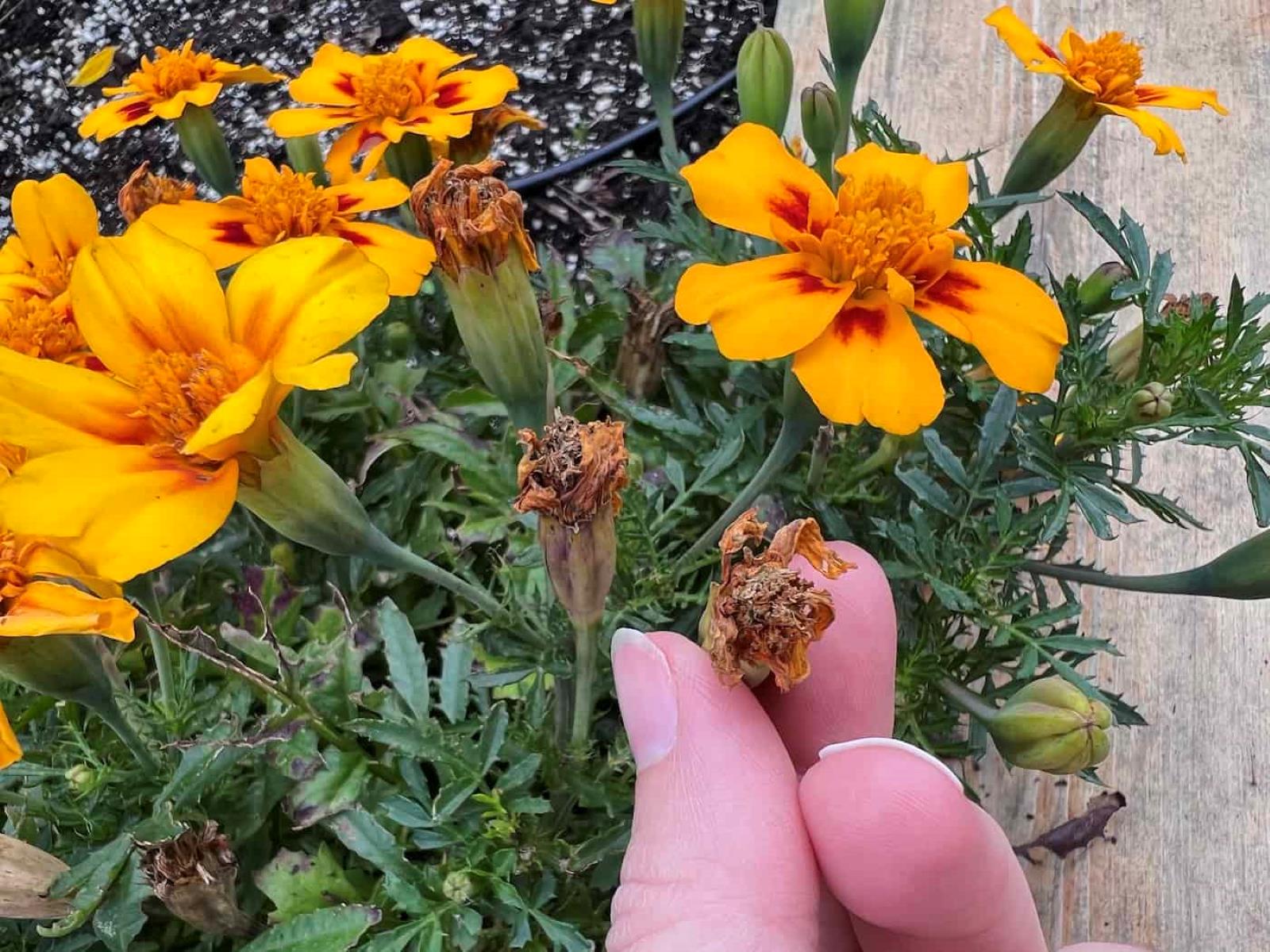
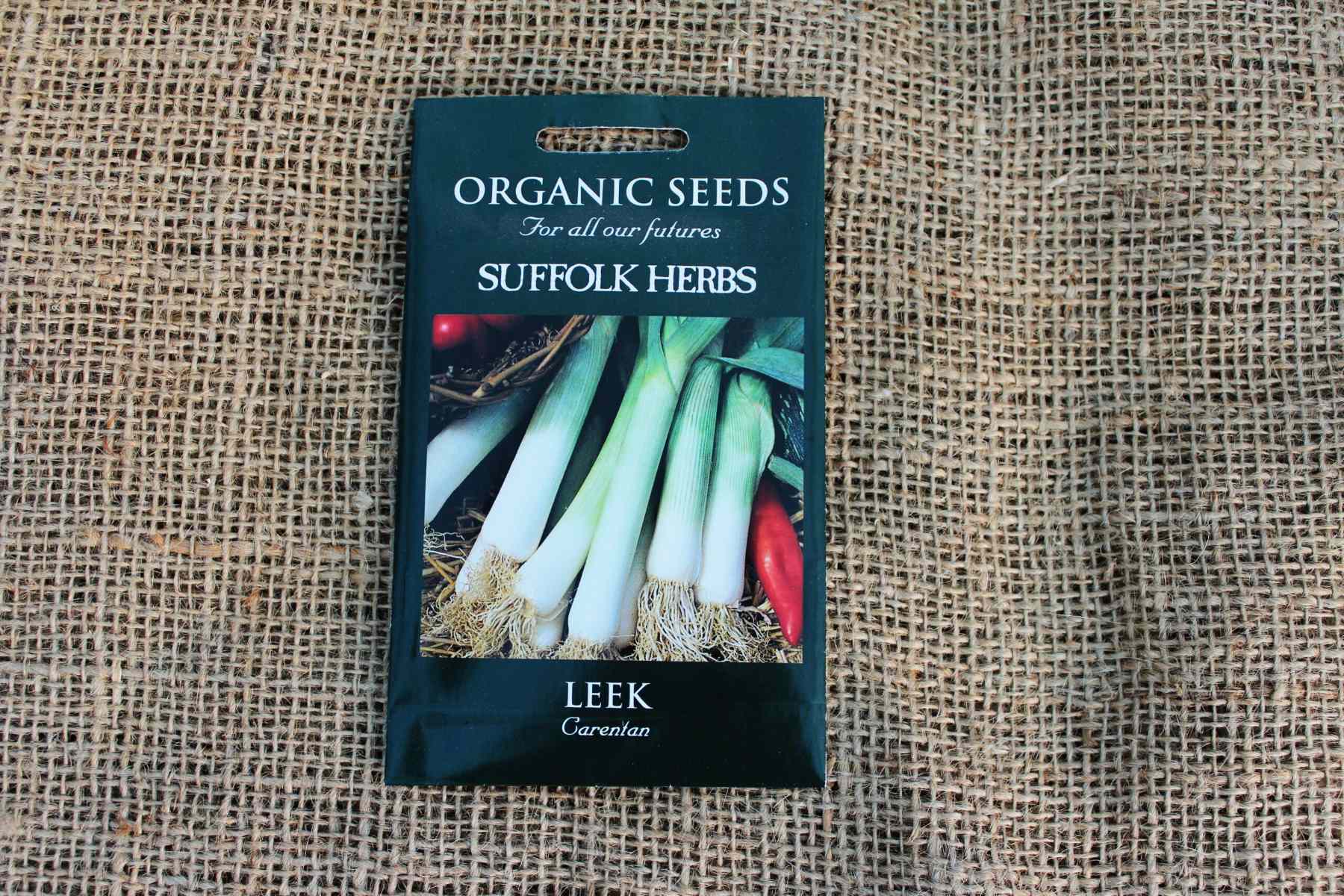
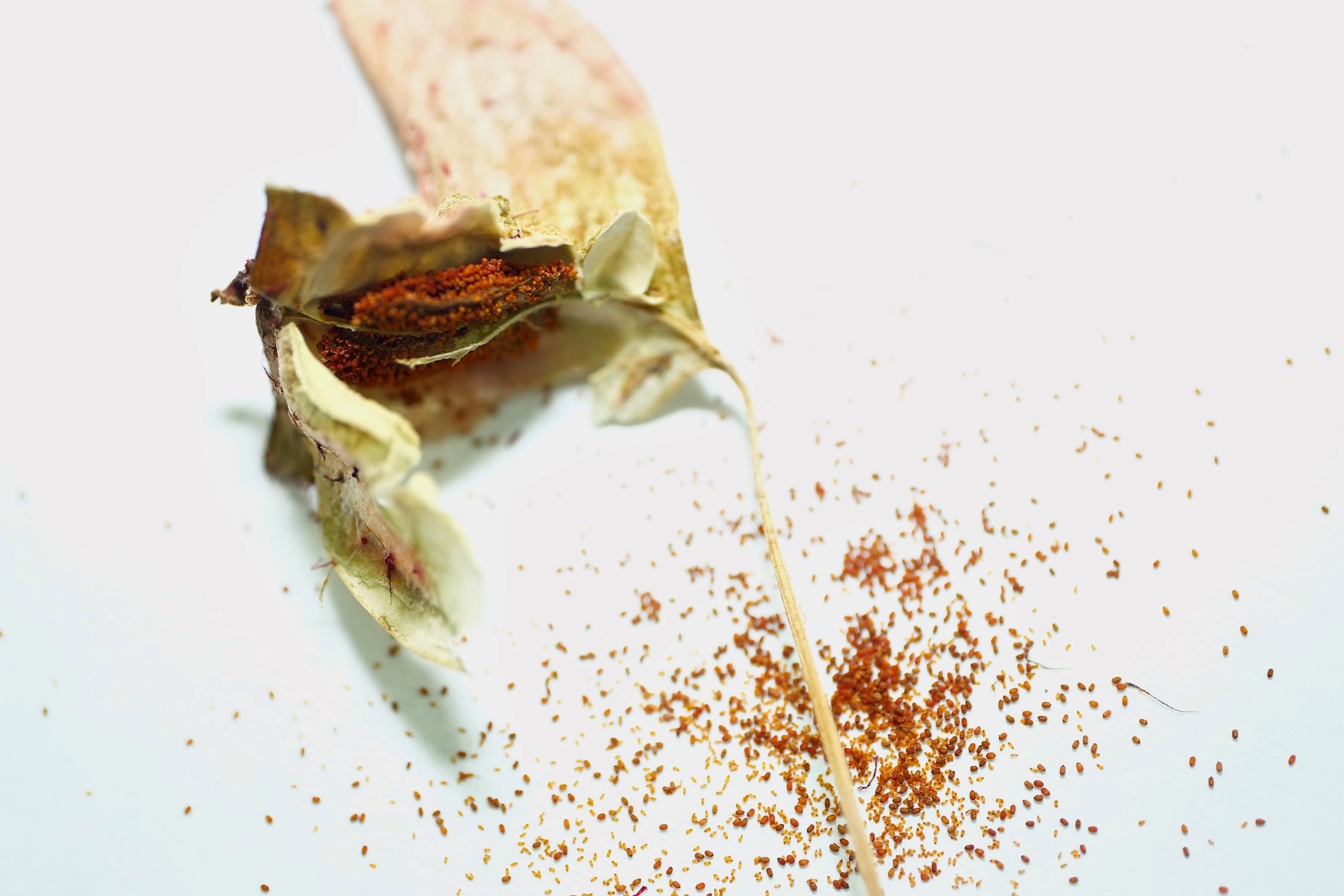
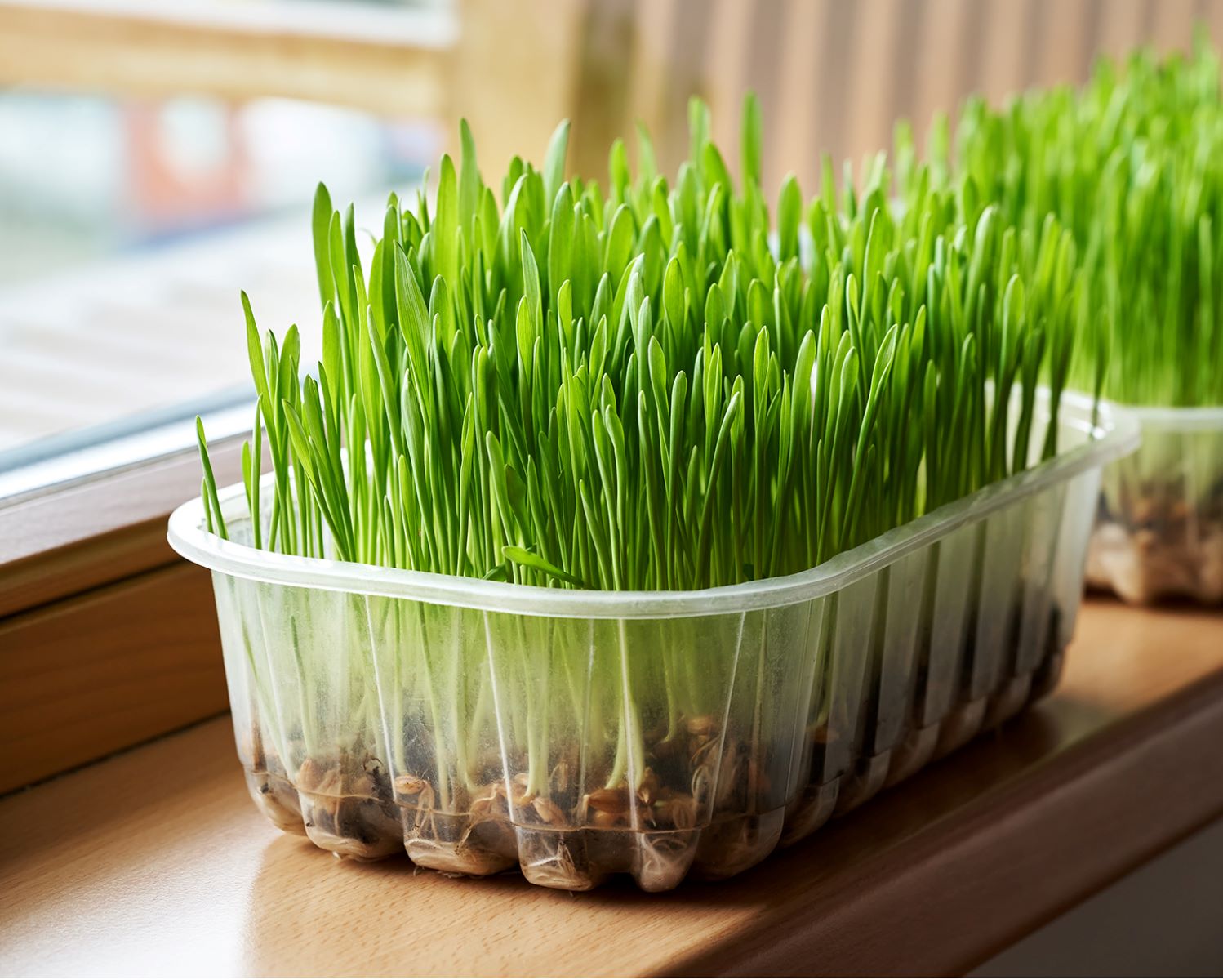
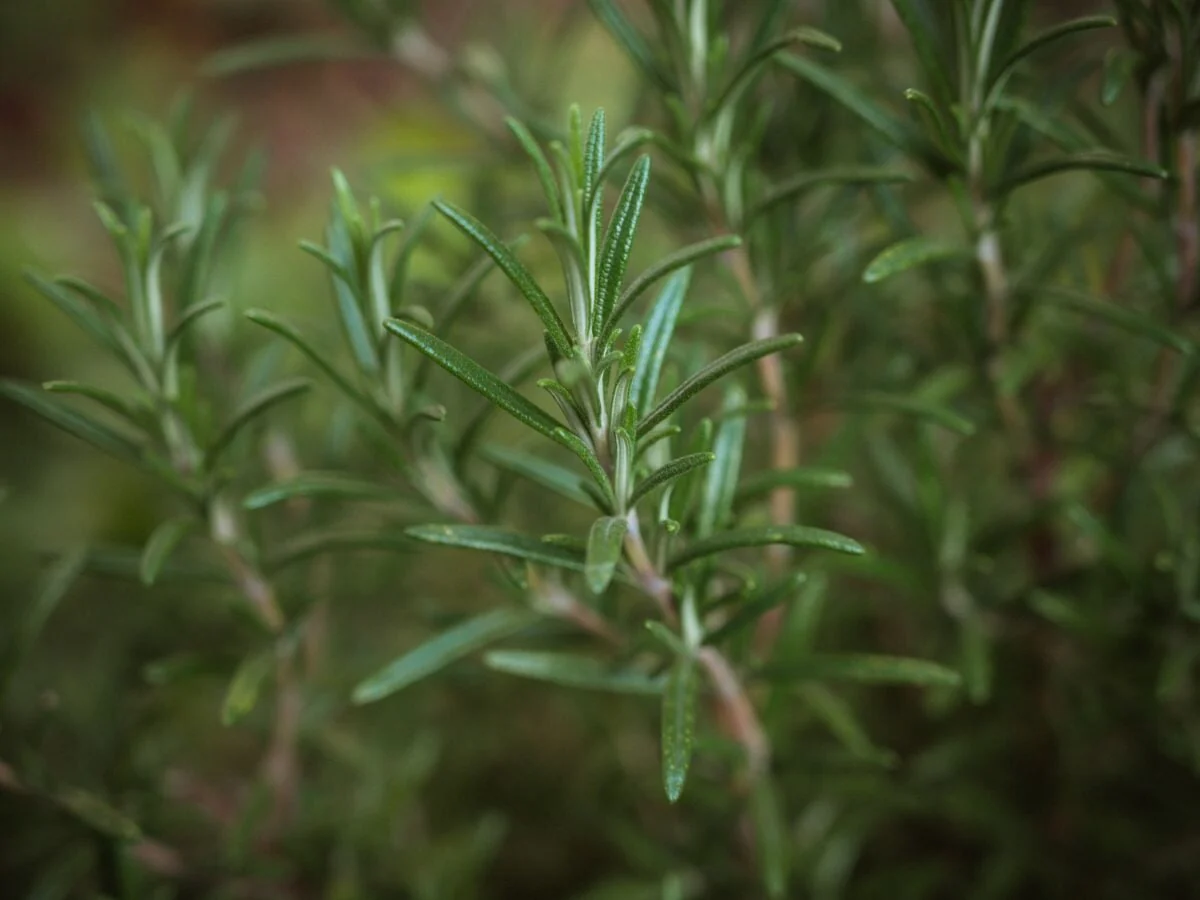
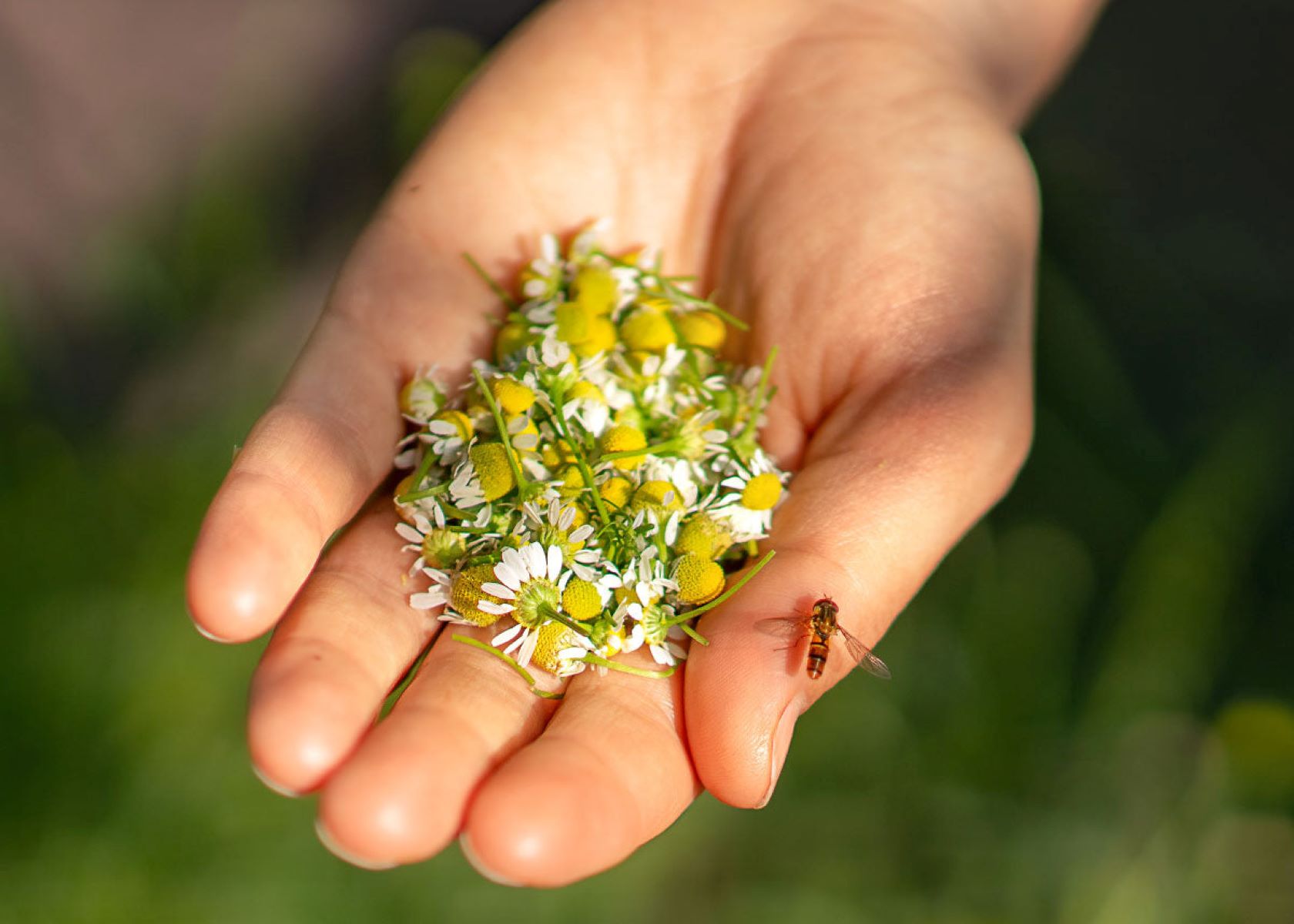
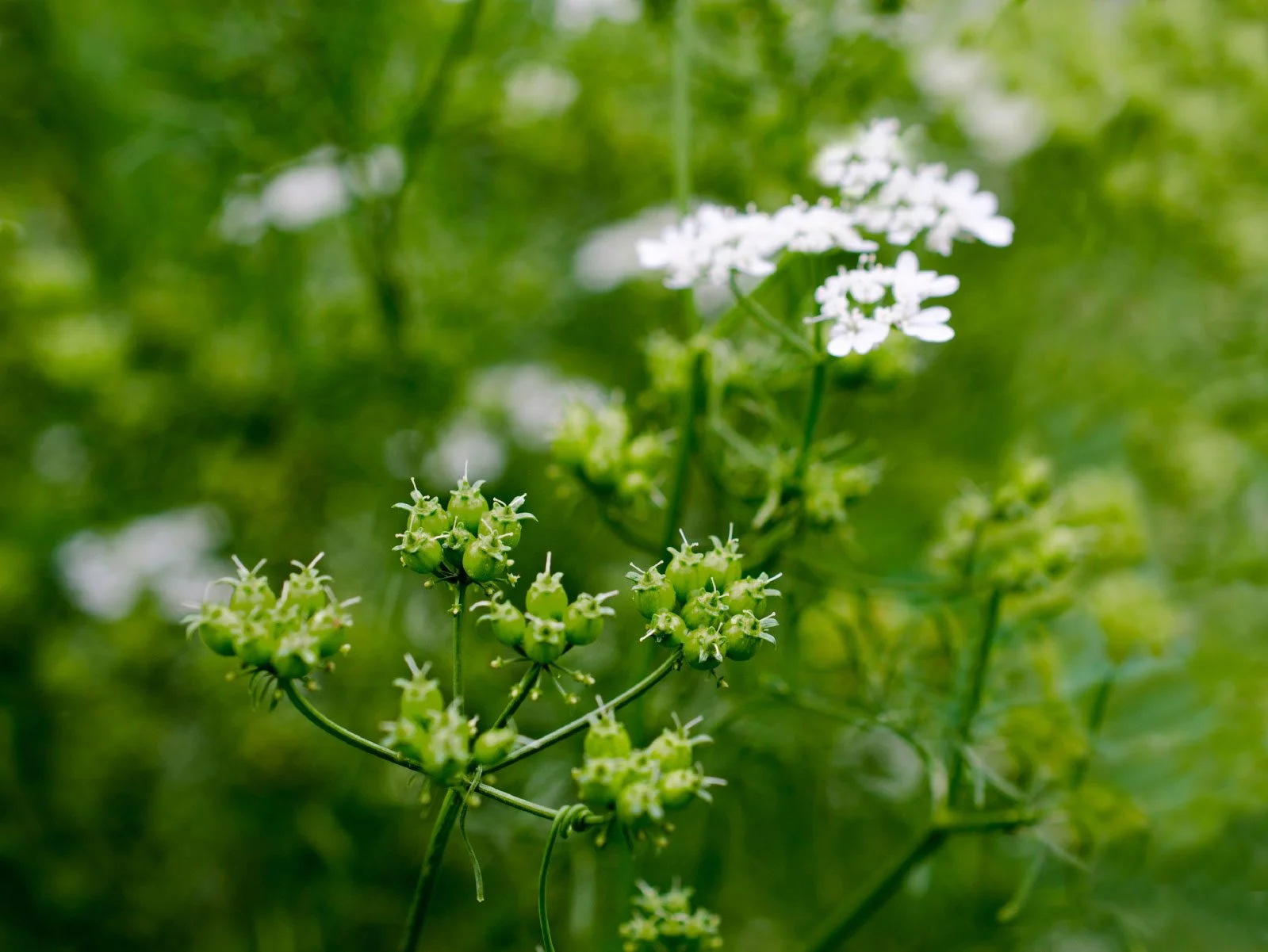
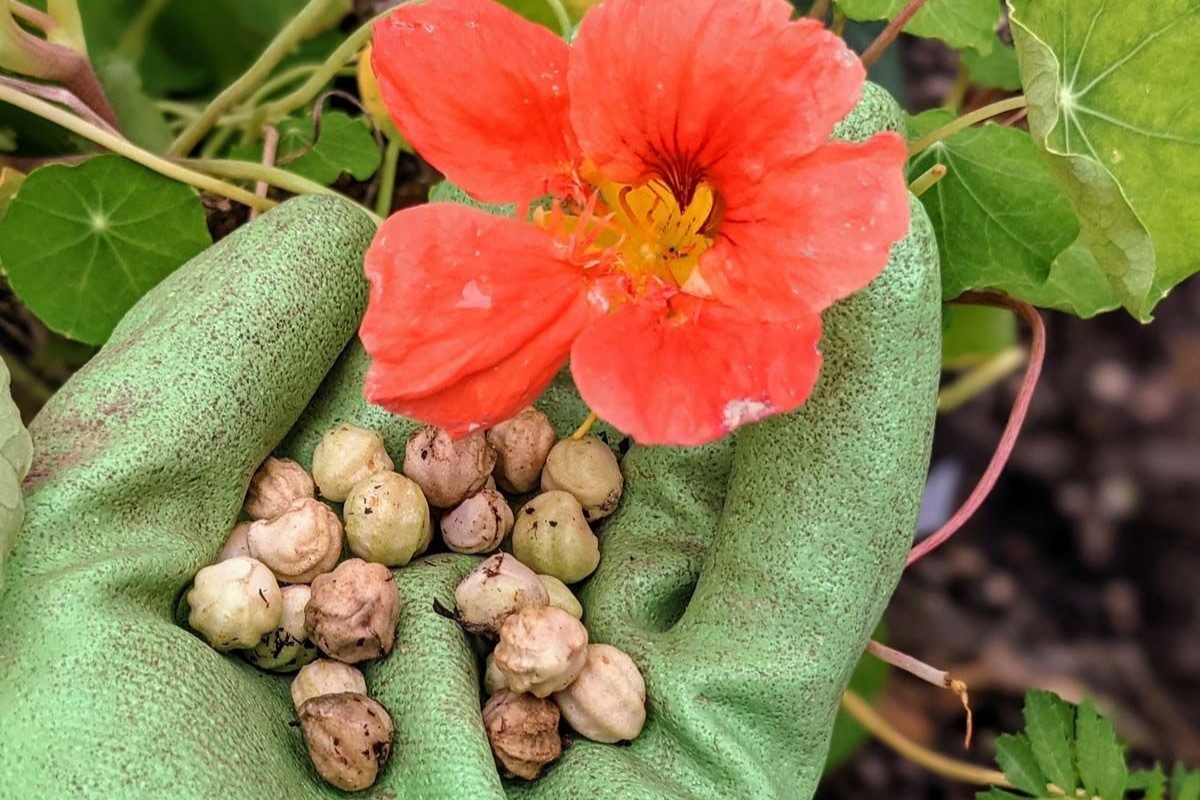
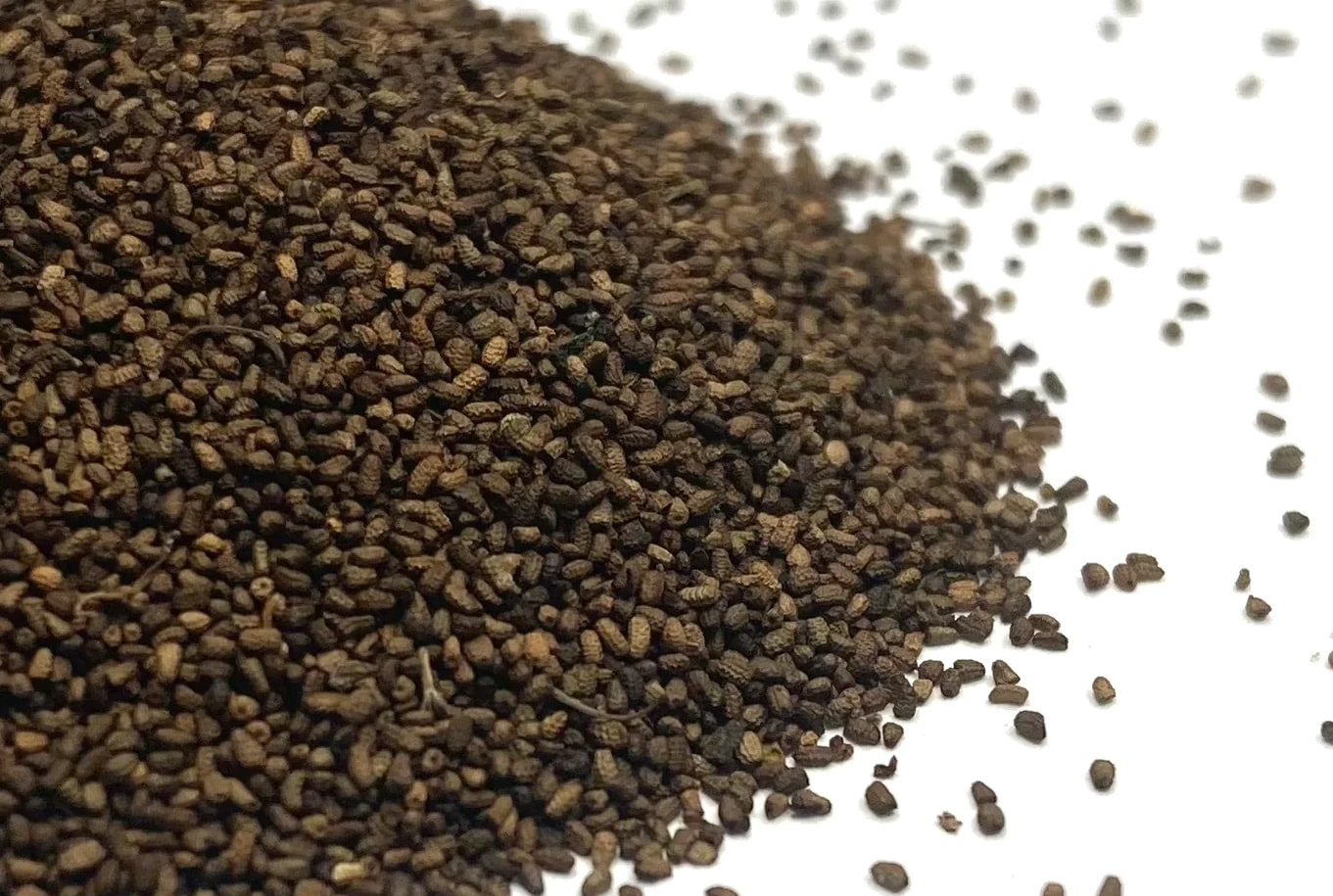

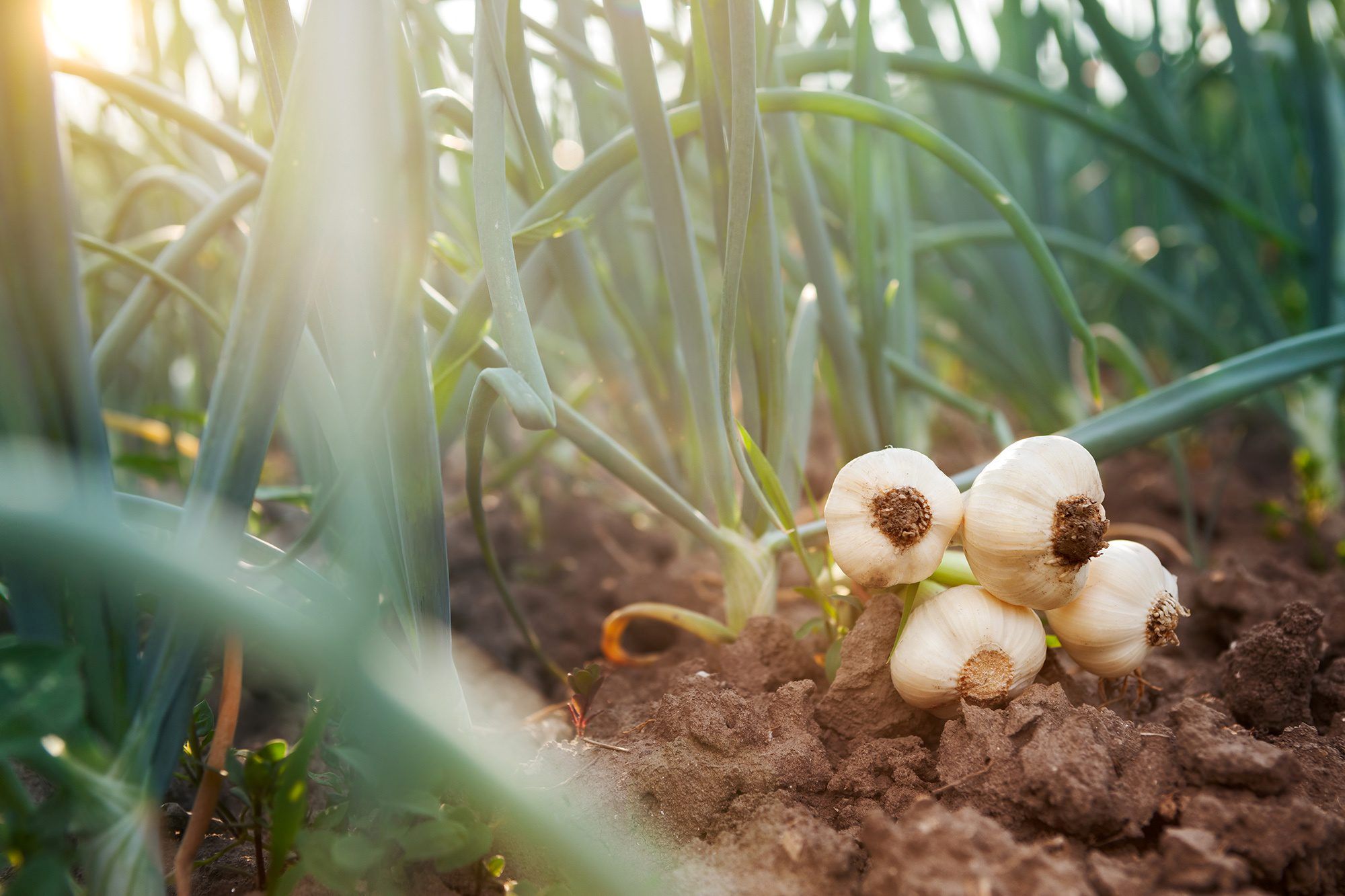
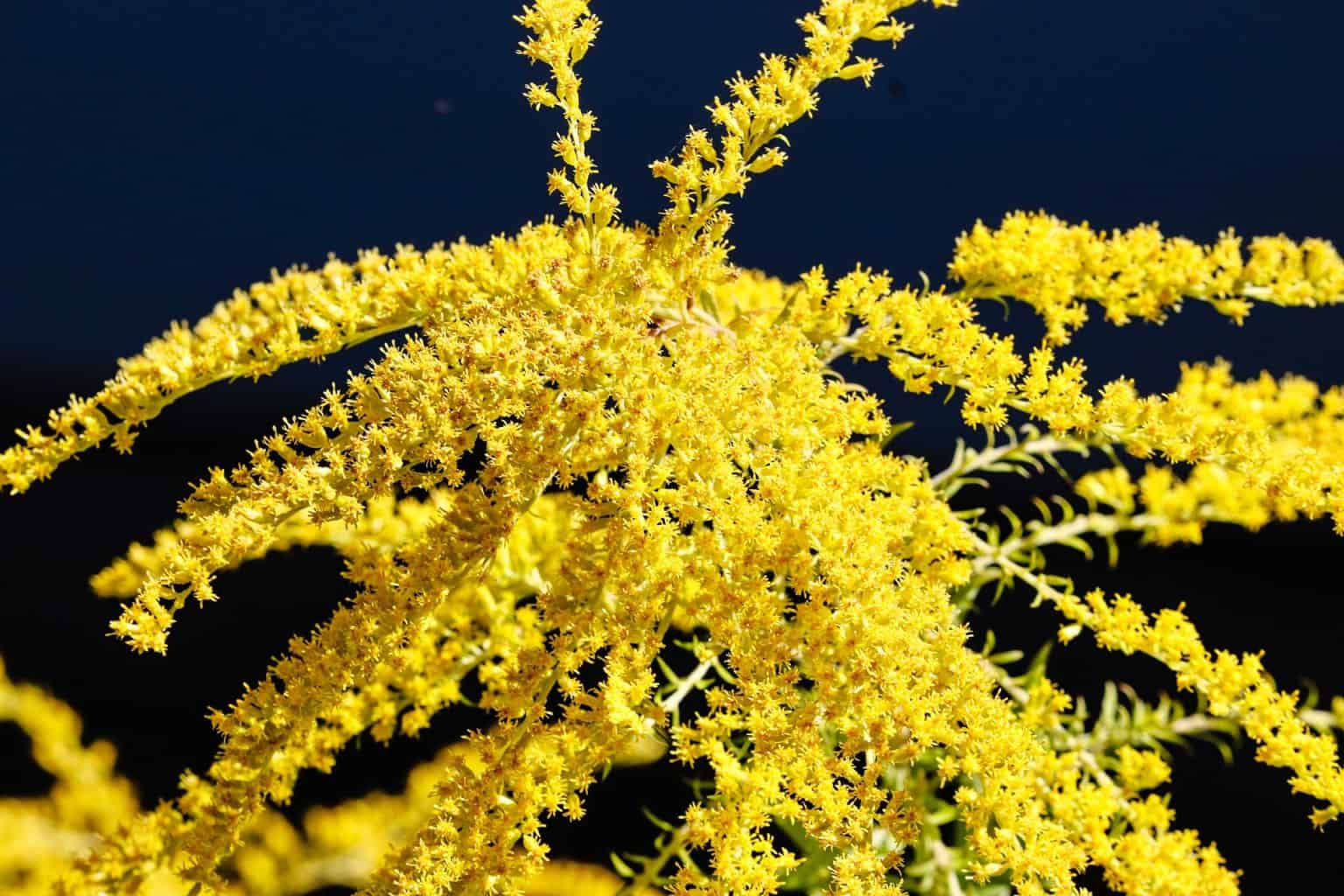
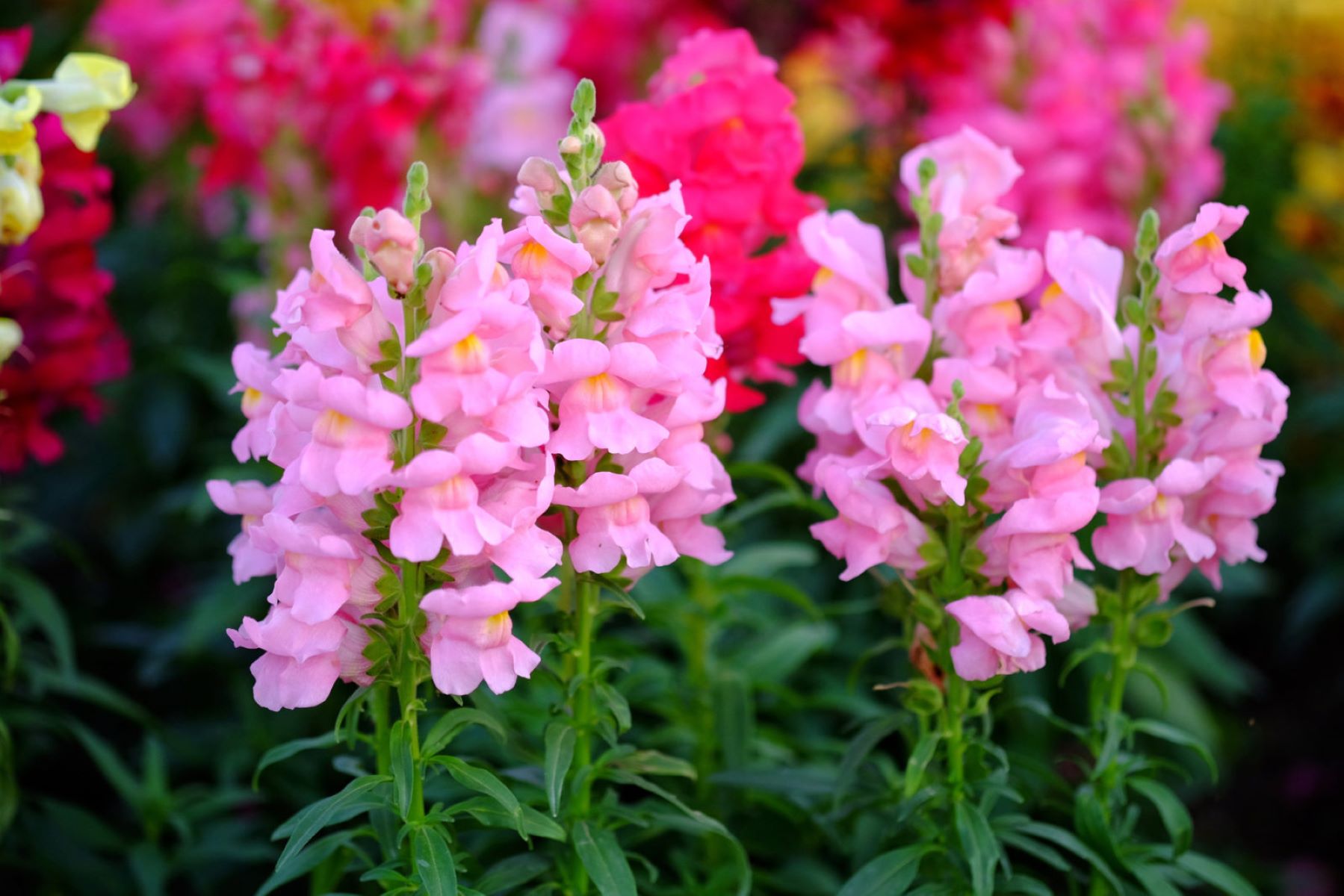
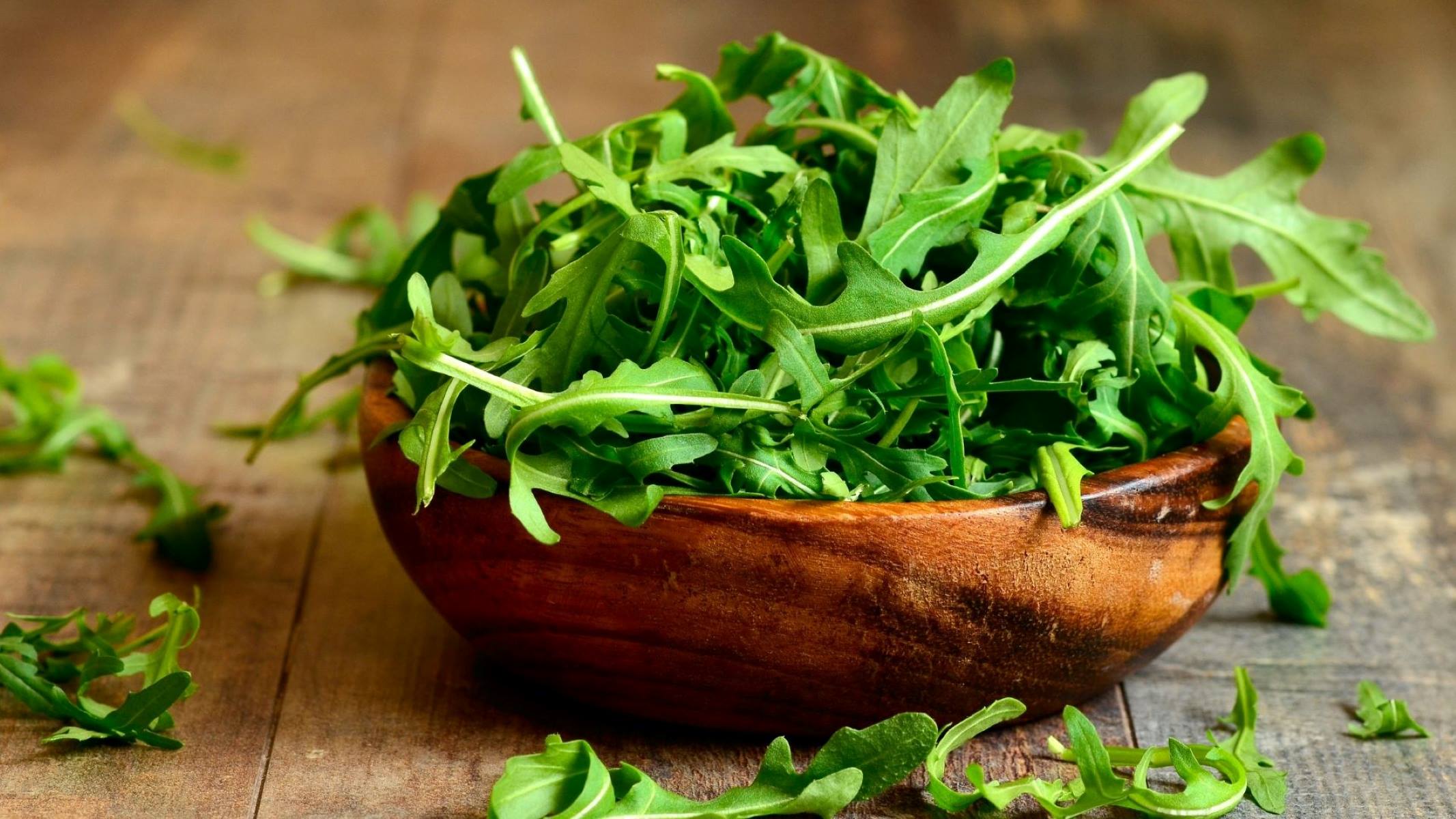

0 thoughts on “How Do You Harvest Marigold Seeds”